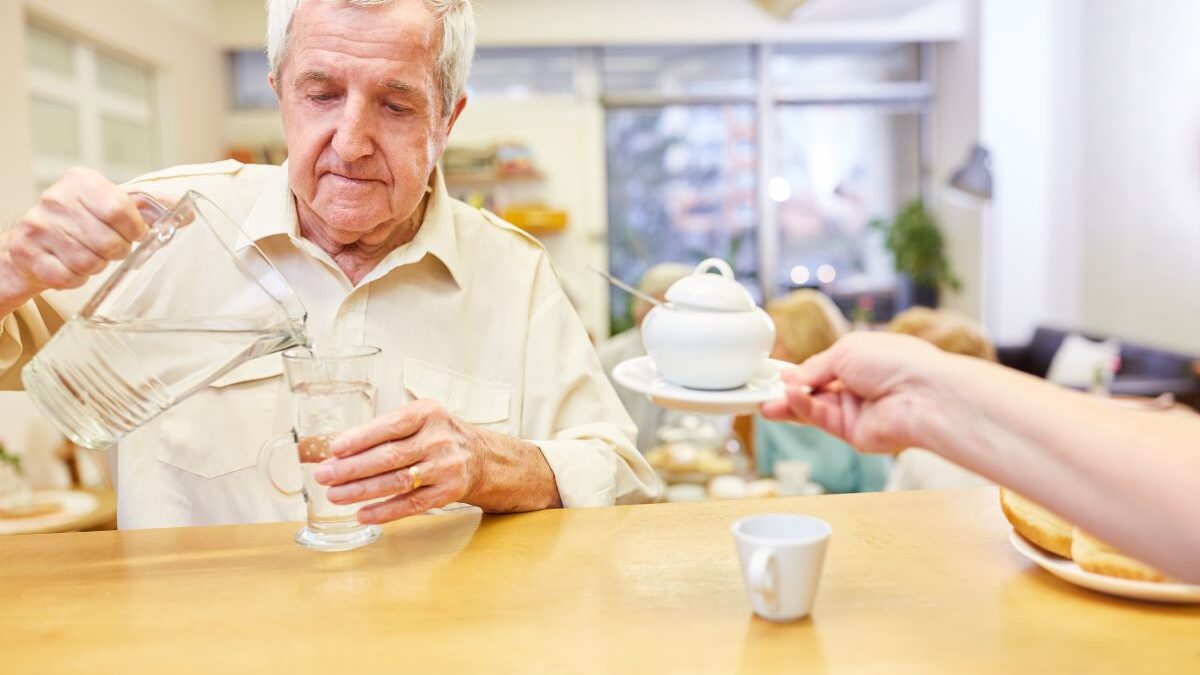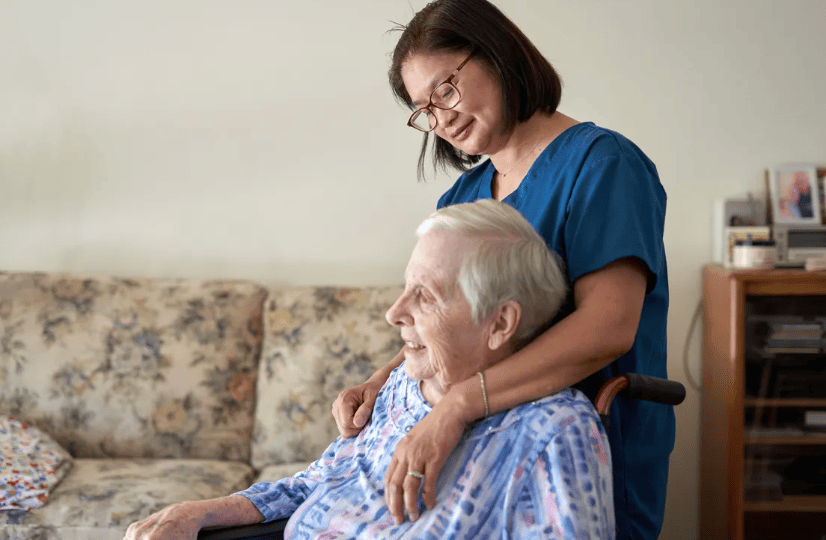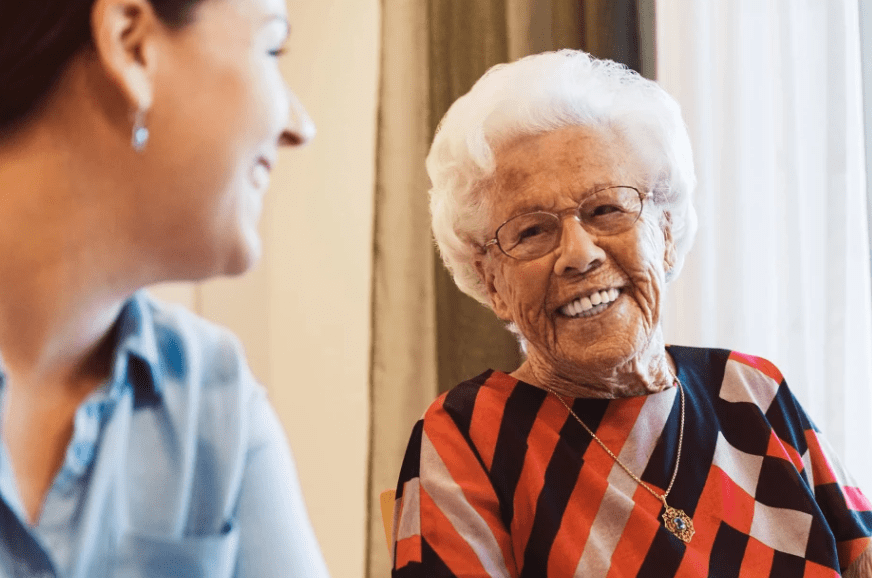- 5 Star Home Care COVID-19 Update PLEASE CLICK HERE
Beyond the Pandemic: The Expanding Role of In-Home Care

Danger of Dehydration and UTIs Among Seniors
July 8, 2020
Depression Masking Dementia—Recognizing the Signs
August 11, 2020The evolving COVID-19 pandemic has had a profound effect on nursing homes throughout the nation. The first noted epicenter of the infection was identified at a nursing home in Washington State, and subsequent spread of the virus has resulted in over 120,000 deaths nationwide, a vast number in nursing homes and skilled nursing facilities.
Elder Care in the Age of Coronavirus

This abrupt increase in nursing home fatalities adds to already existing pressure to reform elder care in the U.S. Right now, for example, most skilled nursing facilities have two principal income streams—long- and short-term residents. Long-term residents are those who require assistance to perform activities of daily living, such as bathing, dressing, toileting, and eating. These patients currently account for about half of nursing home revenue. The short-term residents are typically former hospital patients requiring physical rehabilitation before returning home.
Unfortunately these skilled nursing centers have seen a dramatic spike in COVID-19 case rates and fatalities, making patients and families who have a choice more reluctant to place themselves or their loved ones at risk.
Transforming Traditional Nursing Home Care
Pressure to transform traditional nursing home care has come from other areas too. Advocates for the Americans with Disabilities Act of 1990 steadfastly pointed out that in-home care is a safer, more humane, and less expensive alternative to nursing home care. In response, home care and government entities have expanded the number of senior housing units, specifically for those transitioning from nursing home to community care.
Some states, like Pennsylvania, have made strides to increase in-home care, even creating a governmental agency focused specifically on transitioning patients from nursing facilities to in-home care. Right now in Pennsylvania over 60% of patients receiving federal funds for long-term care are living outside a nursing home. This relieves the burden on skilled nursing facilities and staff, while reducing coronavirus transmission risk and providing patients with care in the comfort and familiarity of their own homes.
Where to from Here?
The future for traditional nursing homes remains uncertain. And while there will be a continuing need for the long-term care of patients who are unable to live independently, the current trend is leaning hard toward revamping and updating the way we as a national community view elder care.
Shifting the emphasis of elder care from nursing homes to in-home care offers several distinct advantages over the current system…
- In-home care reduces the risk for acquired disease. Coronavirus has shown us the health risks of interacting within closed or semi-closed communities such as schools, prisons, and nursing homes. In fact, the risk for all communicable diseases decreases for patients who are receiving care outside an institutionalized setting.
- In-home care improves morale and health outcomes. Patients tend to recover faster and to report better mood when allowed to recuperate or receive treatment at home.
- In-home care is less expensive. An in-home aide may visit anywhere from 2 to 7 days a week to assist a client with shopping, transportation, doctor’s appointments, and light housework. The typical cost of those services in a hospital setting is many times higher than the costs of in-home care
- A personal touch. In-home caregivers are experienced not only in providing essential services but in being good companions. Many independently living seniors report bouts of loneliness and depression. Regular visits from a home care-aide can provide the companionship and emotional support needed for maintaining overall physical and mental health. 5 Star Home Care serves the Philadelphia metro area, including Bucks, Chester, Delaware, and Montgomery Counties.
Contact us today, and discover what peace of mind feels like. That’s why we work closely with each family to ensure that your loved ones get the compassionate care they need. If you or someone you know is an independently living senior who may need assistance in performing their daily activities, contact us today and discover how we can help.




